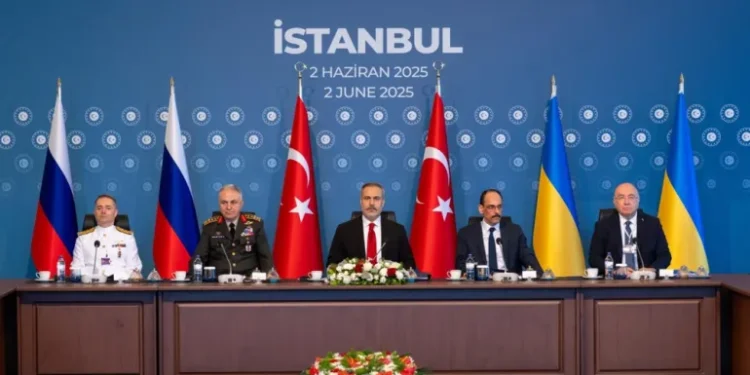Introduction
The Russia-Ukraine war, which began in February 2022, has now stretched into its fourth year, reshaping global politics, energy markets, and military strategies. As of June 2025, the war shows no signs of resolution, with both sides entrenched in a prolonged conflict marked by drone warfare, cyberattacks, and global diplomatic maneuvers.
⚔️ Current Status of the Battlefield
- Eastern Ukraine (Donbas): Still a primary conflict zone, with daily artillery exchanges. Russia controls parts of Luhansk and Donetsk, but Ukraine continues small counter-offensives.
- Southern Front (Zaporizhzhia & Kherson): Ukraine has regained some ground using Western-supplied long-range artillery and drones.
- Crimea: Ukraine has intensified missile and drone attacks on Russian military infrastructure.
- Russian Border Areas: Ukraine has launched limited strikes into Belgorod and Kursk, challenging Russian military confidence.
🛰️ New War Tactics in 2025
- AI-Driven Warfare: Both sides now use AI to identify targets and optimize logistics.
- Drone Swarms: Ukraine leads in FPV (First-Person View) drone technology, targeting tanks and outposts.
- Cyber Warfare Escalation: Major Russian cyberattacks have hit Ukrainian banks and infrastructure; Ukraine and allies have retaliated.
- Electronic Warfare: Russia has deployed advanced jamming tools; Ukraine counters with NATO intelligence.
🌍 Global Response & Impact
- NATO Support:
- Ukraine continues to receive military aid from the U.S., UK, Germany, and Poland.
- NATO has increased surveillance flights and defense system deployment in neighboring countries like Romania and Slovakia.
- China and India’s Stance:
- China maintains neutral rhetoric but benefits from discounted Russian oil.
- India continues to walk a diplomatic tightrope—buying Russian energy while strengthening ties with the West.
- EU Sanctions:
- Ongoing sanctions on Russia have crippled sectors like tech imports and finance, but Russia has adapted using Chinese and Iranian support.
⛽ Energy Market Effects
- Europe:
- Now largely independent of Russian gas due to alternative suppliers (Norway, Qatar, U.S. LNG).
- Accelerated shift to renewable energy and nuclear revival.
- India:
- Benefits from discounted Russian crude but is watching global prices closely as summer demand spikes.
- Global Oil Prices:
- Hovering around $95–$100 per barrel, largely due to Middle East tensions + Russia supply concerns.
💔 Human Cost
- Estimated 500,000+ total casualties, including soldiers and civilians.
- Over 10 million displaced Ukrainians, with ongoing refugee crises in Poland, Germany, and Romania.
- Infrastructure destruction in Ukraine valued at over $500 billion.
🕊️ Peace Talks?
- No direct negotiations underway as of June 2025.
- Efforts by Turkey, India, and the Vatican to broker peace remain stalled.
- Ukraine demands full Russian withdrawal, while Russia insists on recognizing territorial gains.
🔮 What Next? Scenarios for 2025–2026
| Scenario | Probability | Description |
|---|---|---|
| Prolonged Stalemate | High | Continued fighting with shifting frontlines and no peace agreement |
| Escalation | Medium | Russia may intensify attacks; Ukraine might get longer-range NATO weapons |
| Ceasefire Agreement | Low | Possible only if both sides suffer heavy losses or major diplomatic pressure |
🧠 Final Thought
The Russia-Ukraine war has moved beyond a regional conflict—it’s now a symbolic and strategic battlefield for the global order. The next few months are critical, as winter preparations, military supply chains, and political elections (US, Russia, EU) could tilt the balance.
































































